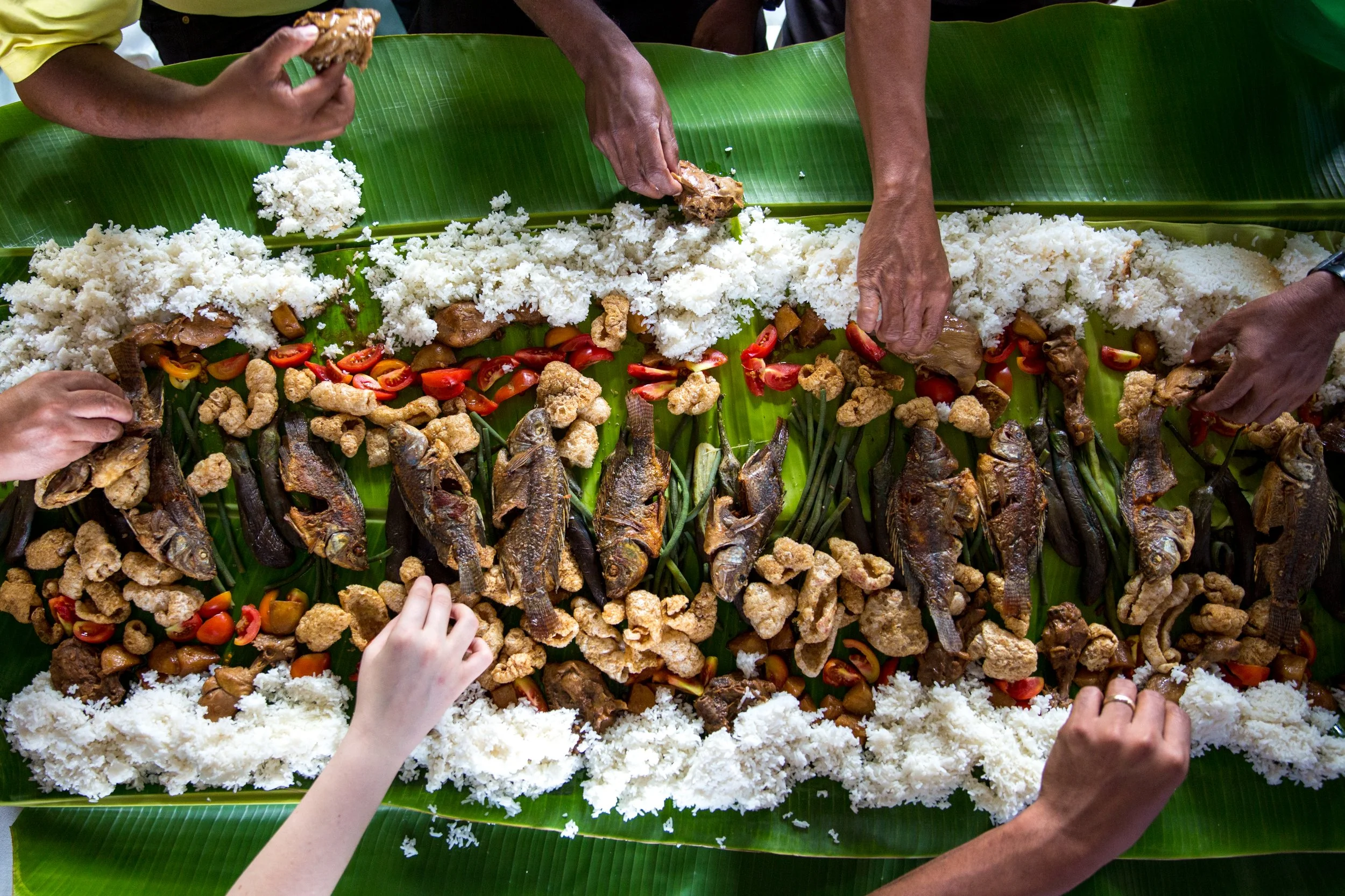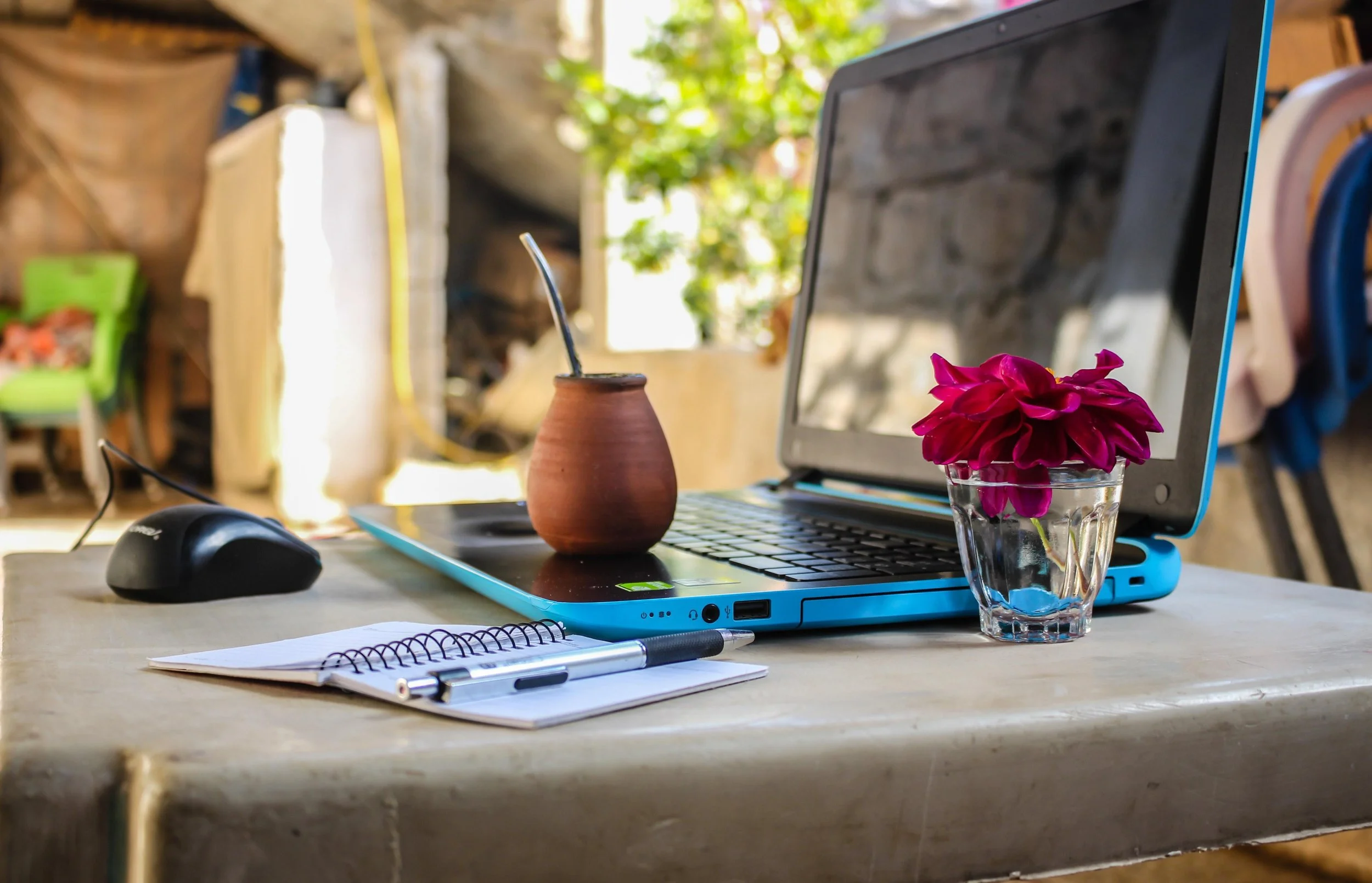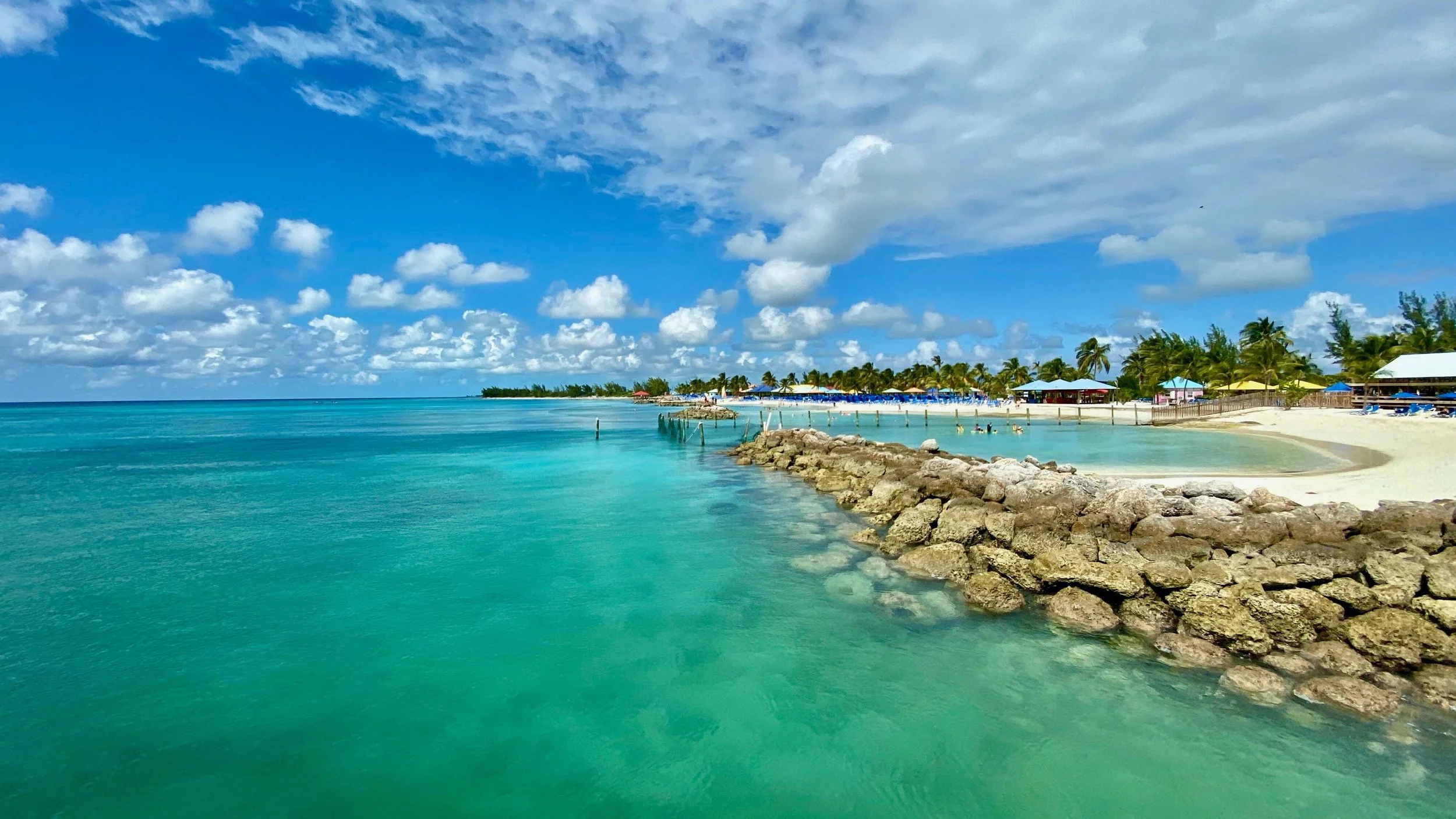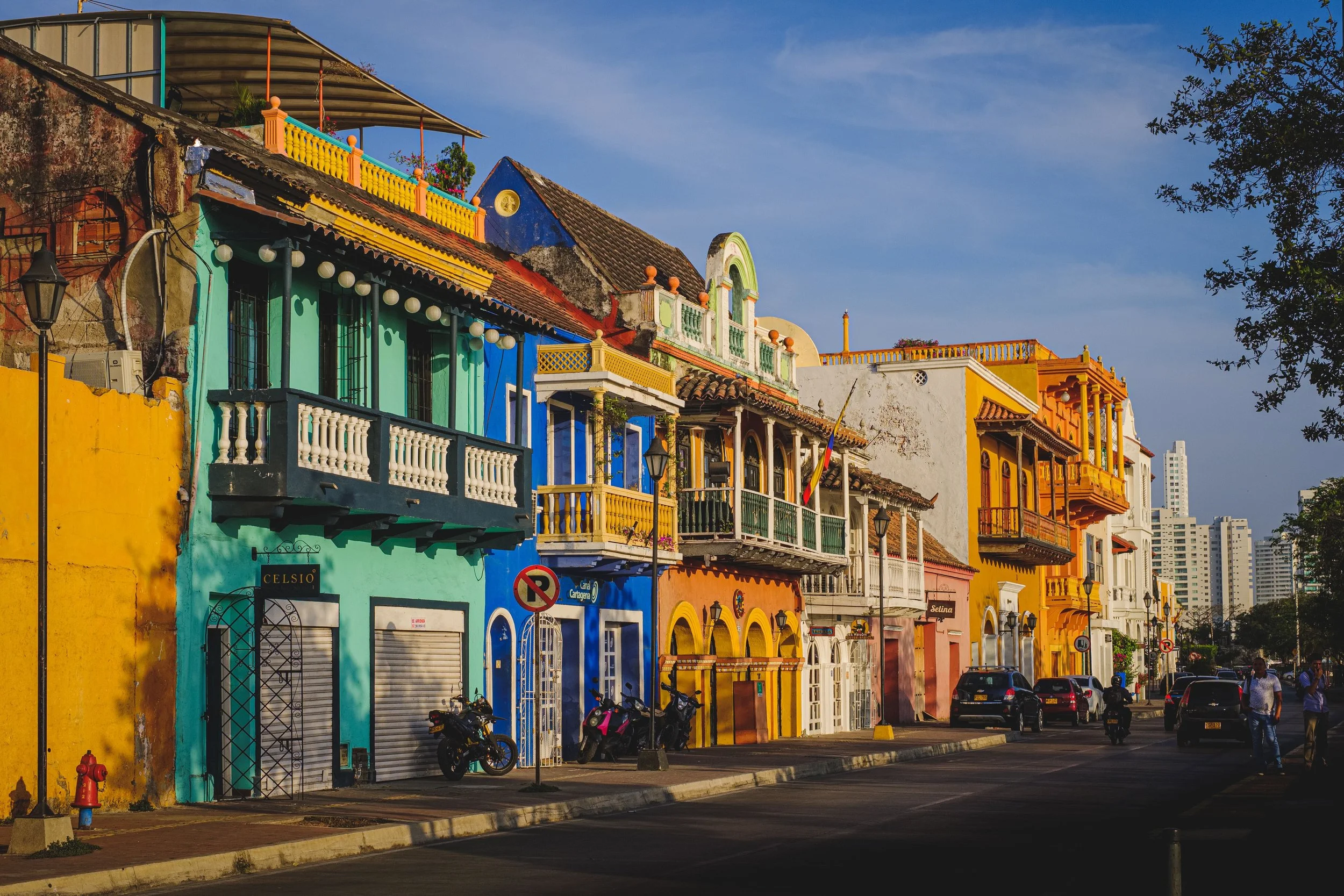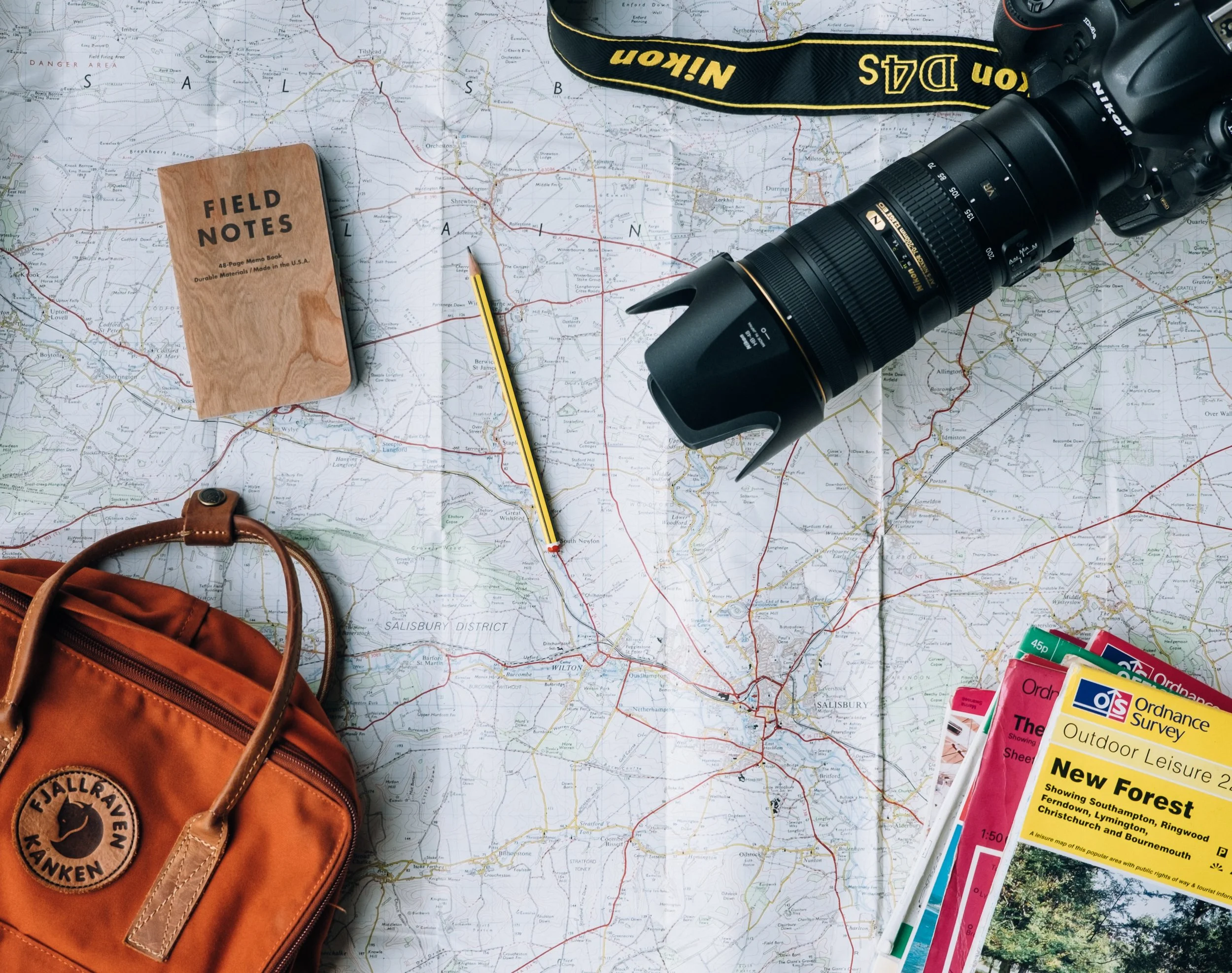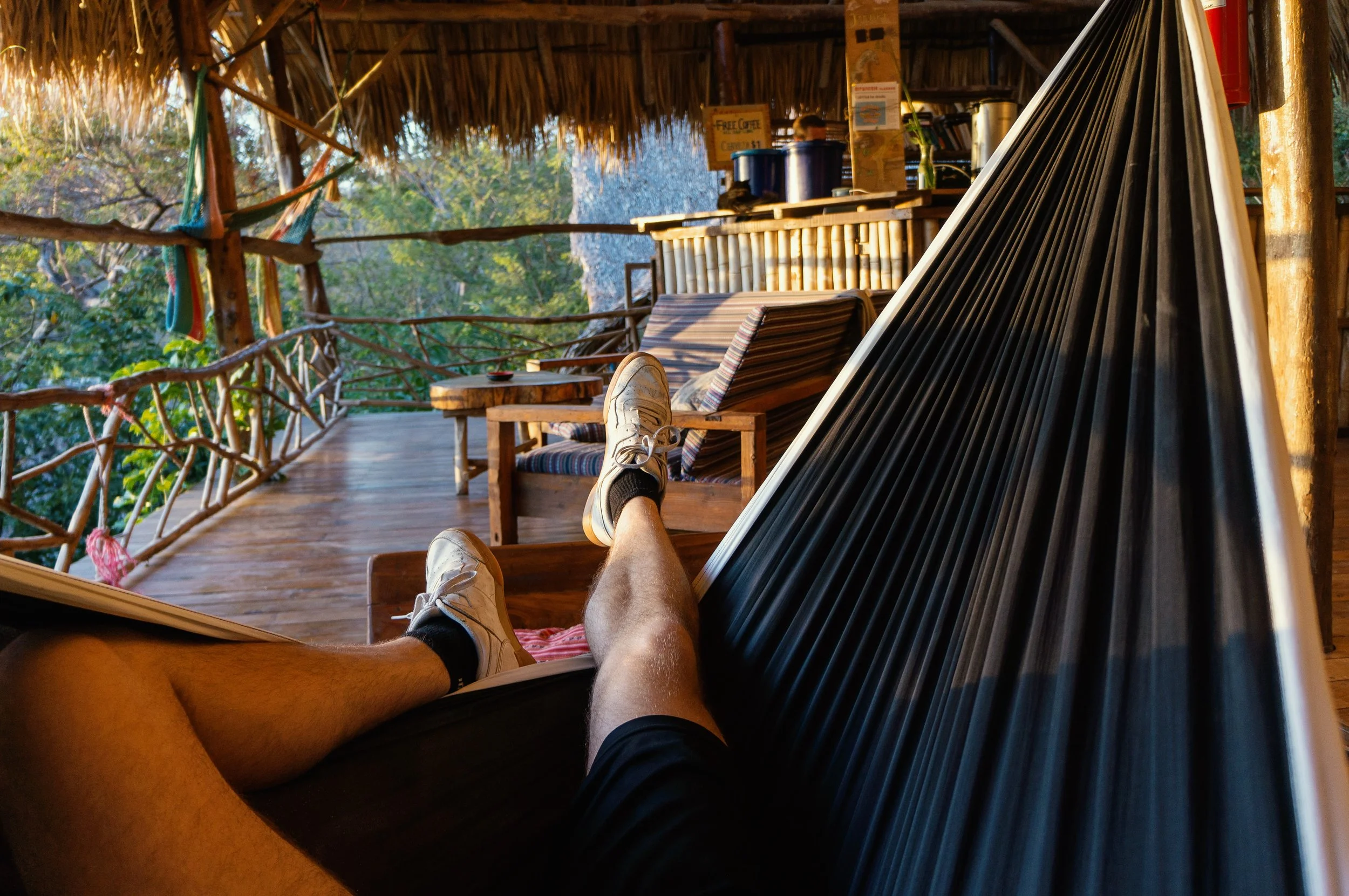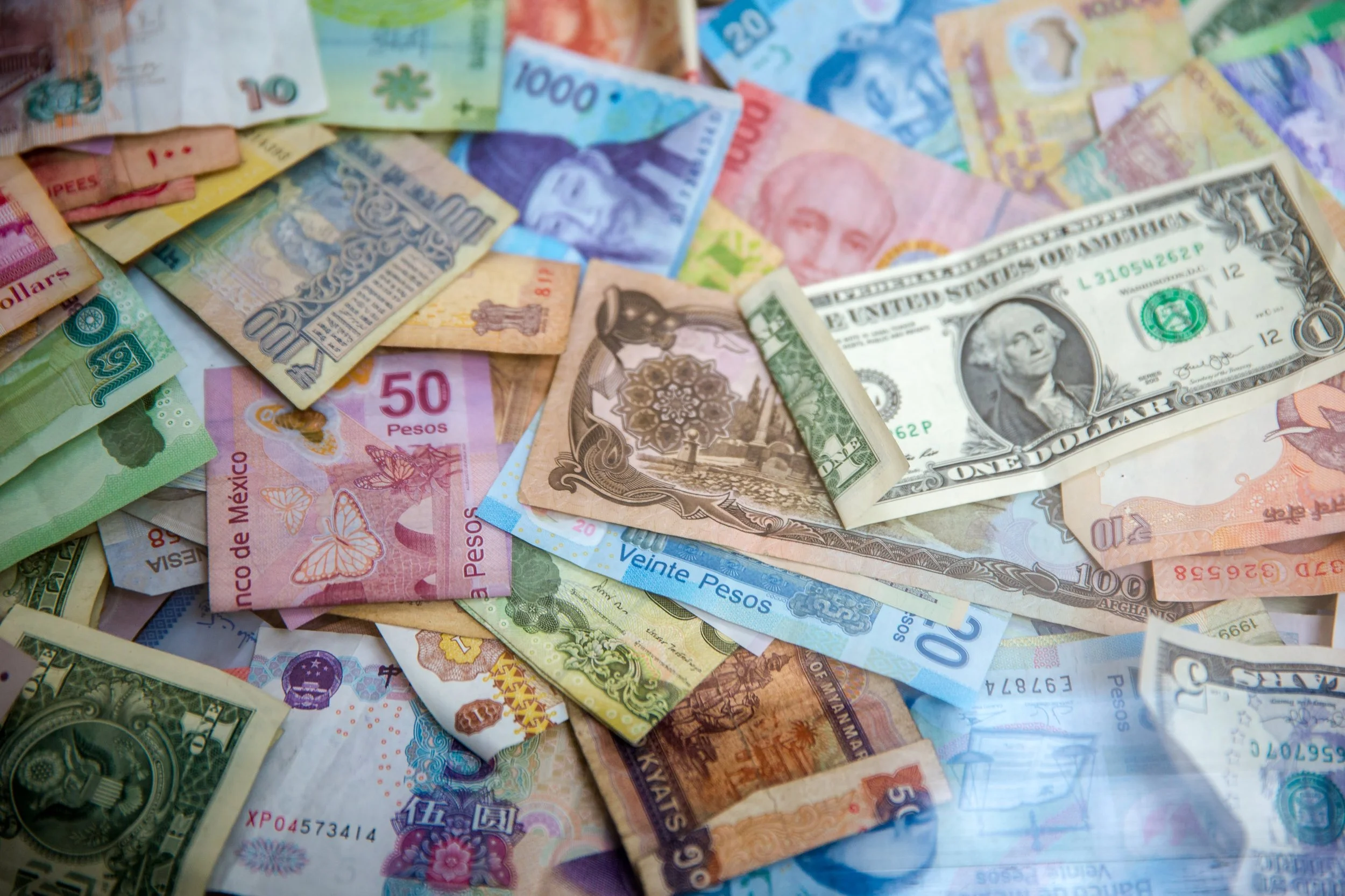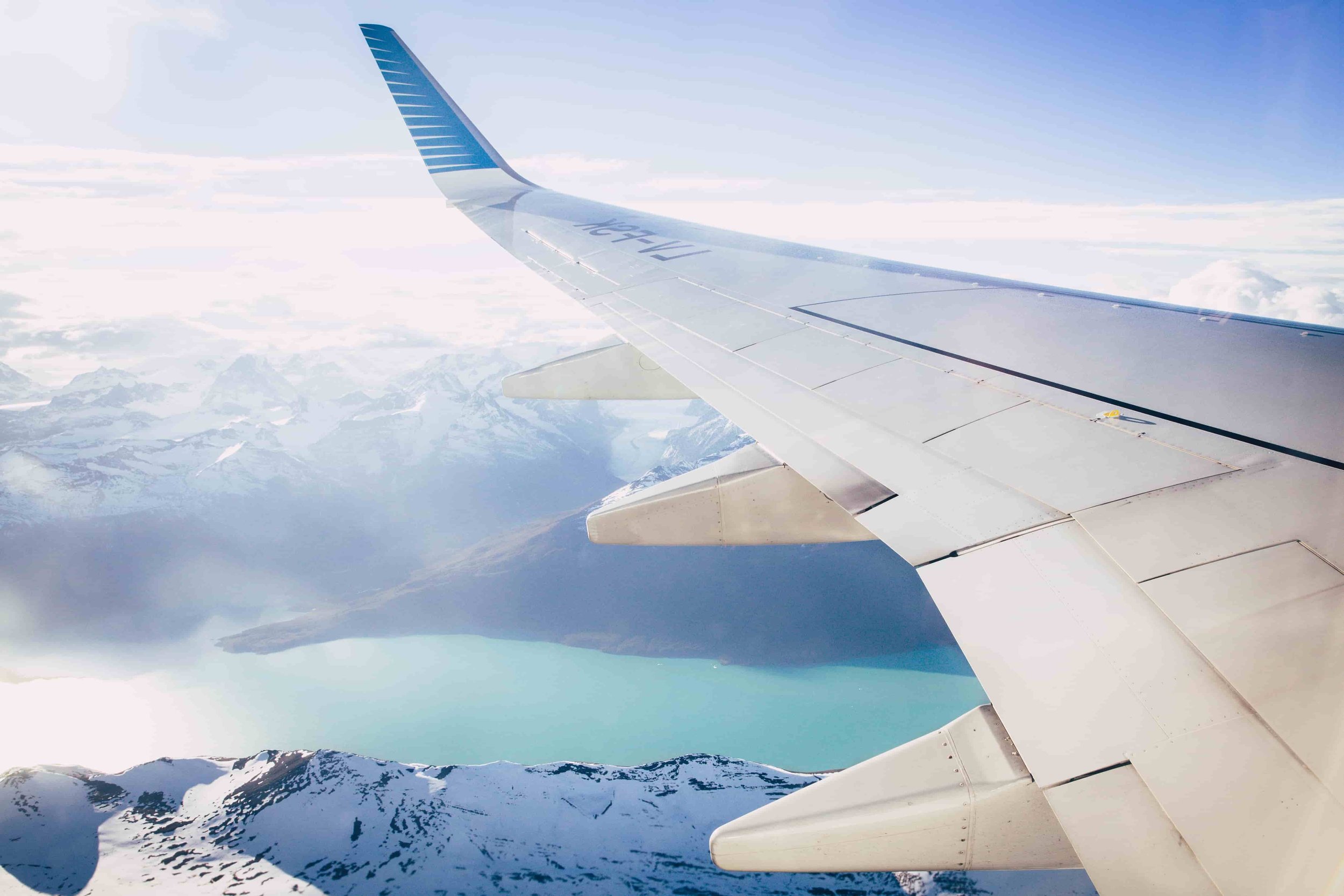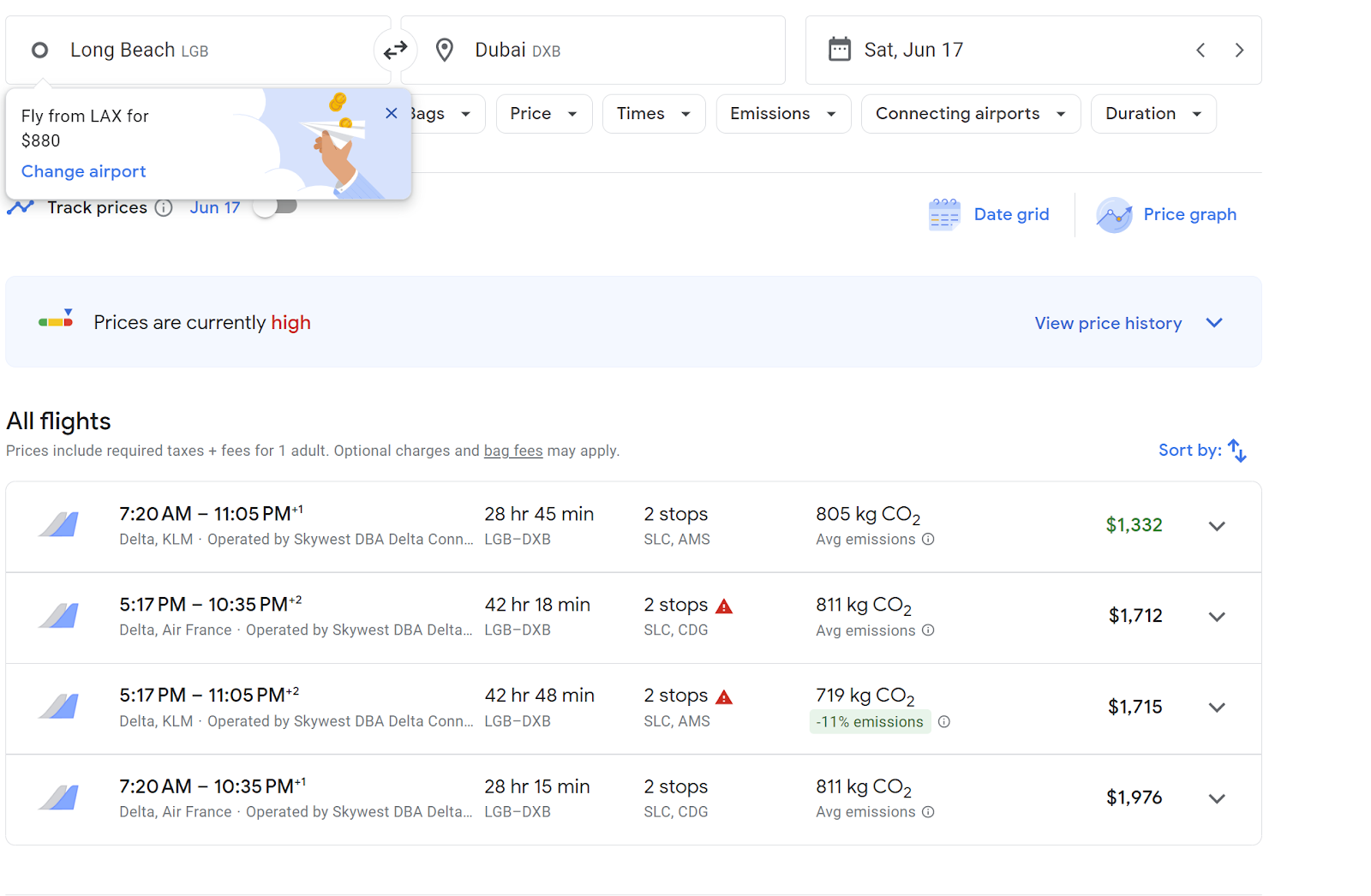Every year, the Red Bull drink company attracts hundreds of young travelers to participate in a race across Europe, using only social skills and Red Bull cans to fuel their adventures.
Red Bull Cans. Sanket Sawale, CC0.
On May 21, 2024, teams of three from around the world began Red Bull’s "Can You Make It?" challenge across Europe. Every year, at the end of May, the drink company hosts a competition to challenge adventurous young adults. In order to compete, contestants must assemble a team of three eighteen-plus-year-olds and create a video explaining why they should be chosen as one of the representatives for their country. After being selected to represent their nations, contestants fly to one of five locations to begin their journey. This year, the cities were Copenhagen, Milan, Amsterdam, Barcelona and Budapest. From there, Red Bull states that, “Each team will hand over their cash, credit cards, and personal phones, and they’ll have just one week to make it to Berlin.” Their only form of currency: a case of Red Bull cans.
Teams are given the Red Bull, and it is up to them how they will pitch themselves to the European public in order to gain food, transportation, housing, etc. The can trades may also lead to once-in-a-lifetime experiences for competitors. One team’s contestants had never seen snow before, so they traded some of their cans for a ride up to the Swiss Alps. Other teams have traded cans for things like tattoos, private jet rides, tickets to the Champions League quarterfinal, fine dining at a three Michelin Star restaurant, and many more unique adventures.
While in the modern day it seems difficult to make thousand mile journeys with just cans and teamwork at one's disposal, the Red Bull teams make it work. The Salt Lake City based team “Connoisseurs'' shared their experiences with The Daily Utah Chronicle: “We are just armed with people’s kindness. That’s all we had to get from one point to another.” The group, which started in Copenhagen, had come up with different strategies for how they would convince people to help them. Team captain Zuni Olivares shares, “We had plans for different routes out of Copenhagen, we had plans for the pitch we were going to use, and plans for how we were going to get to Berlin.” Eight minutes into the competition, however, the team met a man from Italy that offered them tickets to Milan after hearing about the competition that they were participating in. Throughout their journey, the Connoisseurs noted that “Europeans were very receptive.” People would offer to bring them places and buy them good after hearing about the competition they were participating in, “intrigued by just helping us out rather than getting anything in return. People loved the adventurous nature of it all.”
In 2020, a Czech team known as “Airborne” also competed in the RedBull competition. Team member Ondrej Vašíček notes that, after their team was accepted, they attempted to strategize but realized that it would be difficult; “We basically had no idea what we signed up for. You can’t prepare for something like that.” The team struggled with finding accommodations for the night, spending upwards of four hours wandering city streets to find a hotel with an open room. At one point, the team exchanged four cans for a whole package of beer. Contestant Vašíček said that this exchange worked out well for the team because, “we could then give the beer as a present to others to make them happy because until this point people were constantly helping us.” As expected, the team did encounter their own set of issues when traversing across Europe. They noted that people would usually refuse at first, but then became more helpful once they heard Airborne’s story and more about the competition. Overall, the team was pleasantly surprised by the kindness and helpfulness of the local people.
In addition to the staple Red Bull can trades, contestants are also encouraged to participate in two categories of challenges; Adventure Challenges and Checkpoint Challenges. Adventure Challenges can be completed at any point during the day at any location. Most of these challenges are created to promote fun amongst teammates and focus on their creativity. Red Bull notes that, this year, “Adventure Challenges included the straightforward (trading cans for ice cream) as well as the more complex (gathering 30 people to scream their team name in public).” The second type is Checkpoint Challenges. These challenges have specific locations in several cities across Europe. Red Bull tries to make these more specific to the location, immersing contestants into the local culture or activities. Some Checkpoint Challenges contestants took part in were abseiling, surfing, recording music tracks, skydiving, and learning a traditional alpine Schuhplattler dance.”
This year, a United States team composed of Texas A&M University students won the seven day competition. Their team, called “Gladiators,” was composed of college students Weston Cadena, Jacob Mathiasmeier, and David Greek. Over the week, the team traveled 3,000 miles, created 80 vlogs, competed in 53 adventure and 14 checkpoint challenges, and traded approximately 150 Red Bull cans for a grand total of 18,784 points. The team recounts that, “We visited eight countries in seven days and interacted with people who spoke many different languages. But simply smiling, and our body language, allowed us to communicate and make strong relationships.”
Aanya Panyadahundi
Aanya is a student at the University of Michigan studying sociology and journalism on a pre-law path. She loves to travel the world whenever she can, always eager to learn more about the different cultures and societies around her. In her free time, she likes to play the violin, ski, and listen to podcasts











